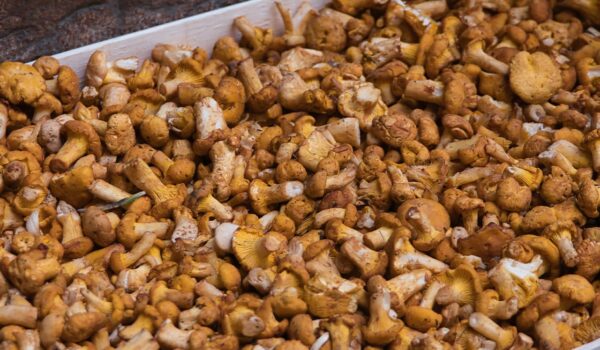If you have specific areas of interest, you can sign up for a one-on-one lesson.
What’s in this course?
Week 1 – Fundamentals of mycology
What is “relationship mycology”?
Fungal biology and ecology
Evolutionary biology through the lens of fungi
Mycorrhizal fungi and mycoheterotrophy
Nutrient cycling and ecosystem dynamics
Interaction of fungi: plants, animals, bacteria and more
Week 2 – Searching for mushrooms: from forest to field
An overview of the basics of mushroom biology and ecology, aimed at deepening our relationship in the field
How to search for mushrooms ecologically and successfully
Anatomy, morphology and identification
Common names and binomials (“scientific”)
Edible, medicinal, poisonous/lethal and “similar”
Honorable and regenerative food gathering practices
Week 3 – Caring for mycelium and mushrooms
Cultivation: from past to present
Overview of mushroom biology and the mushroom life cycle for cultivation purposes
Techniques and ideologies
Indoor/outdoor
Synergistic practices: mushroom search meets cultivation
Cultivation as applied mycology: mycoremediation, mycophagy, entomopathogenic fungi (biocides)
Week 4 and 5 – Medicinal mushrooms and medicine making
Part one:
Overview of fungal biology and ecology through a medical lens
Medical ethnomycology
The ingredients of mushrooms: how mushrooms make medicine for themselves are also medicine for us
Substantiating sensational claims with real research: discussion of in vitro, in vivo clinical trials on humans
Navigating the flood of medicinal mushroom products
Technique of preparation of medicines
Part two:
The honorable customs of harvesting medicinal mushrooms
Some common medicinal mushrooms (focusing on mushrooms in the California Bay Area)
Week 6 – Mushrooms in the kitchen and beyond
Mycophagy / Fungivory
Food as medicine and nutritional benefits
Culinary tips and tricks
Selecting and cleaning mushrooms
Preservation and storage
Interesting ways to use mushrooms
Mushroom artistry of the landscape
Week 7 – Mycoregeneration: treating the interior and exterior landscape
Bioremediation
Connections between reclamation, regeneration and our inner and outer landscape
Mycoremediation in water and land
Week 8 – Demystifying and elevating entheogenic fungi
Psilocybe
Red fly agaric
Technology of processing, storage, manufacturing of medicines

